News has been breaking today about proposals from Transport for London (TfL) to run the Tube for 24 hours at weekends from 2015, but how has it been communicated internally?
As a Londoner myself, and ex-rail employee, I’m interested in the news because it will affect me directly and bring significant changes for people living in and around London who wish to travel on Friday and Saturday nights.
 I regularly write about how organisations communicate with ‘hard to reach’ employees – those without direct access to line managers, technology or work irregular patterns.
I regularly write about how organisations communicate with ‘hard to reach’ employees – those without direct access to line managers, technology or work irregular patterns.
So I was intrigued to see how TfL and London Underground (LU) would communicate the news to its employees as it clearly will mean changes internally.
The 24-hour ‘Night Tube’ operations are part of a wider series of changes that’s known internally as ‘Fit for the Future,’ and includes looking at the way stations are categorised and the structure and roles of teams.
How it’s being communicated internally
I’ve discovered a brand new website called Fit for the Future that looks to bridge the gap between external and internal communication and provide information in a clear way for employees.
London Underground is heavily unionised and I have first-hand experience of the challenges and opportunities such an environment can bring.
fitforthefuture.tfl.gov.uk is an ‘internal’ website that is hosted externally and is packed with advice and information for employees. This is the latest in a long line of successful initiatives that continue to blur the lines between internal and external communication.
The site itself describes it as: “Welcome to our Fit for the Future – Stations website. We’ve launched this site because we’re committed to being open, transparent, fair and consistent with our people throughout this proposed change process. You’ll be able to find most of the information you need about the changes being proposed, and how they could affect you. If you don’t – just send us a question or tell us what other concerns you have. We’ll do our best to respond as soon as possible. This website is designed for employees of Transport for London, if you’re a customer, you can find out more information on our Future Tube site.”
It is hot on the heels of similar sites such as Asda’s Green Room, National Grid, Royal Mail and Tesco. All of these sites are purely internal communication but are accessible externally.
Some of them require logins to get into more depth, but if you are an organisation with typically ‘hard to reach’ employees, sites like these can work well to ensure you have methods of communication for all to access. If you know of any more, do please let me know and I’ll add them to my list.
Blurring the lines
An internal site being hosted externally? Yep. As I noted in my chapter of the best-selling book Share This Too: More Social Media Solutions for PR Professionals (Wiley, 2013), the boundaries between internal and external are shifting and changing:
Corporate communication is a broad term. Underneath it can sit internal communication (with employees, stakeholders and interested parties such as shareholders), external communication (with customers and media), public and government affairs, corporate social responsibility, sponsorship, brand, events and more. These disciplines often overlap and each one requires unique skill sets and dedication. An effective corporate communication function and team recognises and celebrates this and aligns effort, content and timings to benefit the business and its customers.
The lines between internal and external communication continue to blur. You’re only a forwarded email/status or misplaced employee magazine away from headlines. Assuming that all information will stay purely internal is foolhardy. In heavily unionised workforces or in times of change such as mergers and acquisitions, the criticality of your communication’s accuracy and mindfulness of audience cannot be underestimated.”
So what’s on the site?
 I’ve had a read through the site and Fit for the future has information including a document for employees that looks at the whole proposal, includes timelines, Q&As and the infographic on this page. Of note in the infographic is the clear tie-in between the internal messaging, external messaging and employee feedback.
I’ve had a read through the site and Fit for the future has information including a document for employees that looks at the whole proposal, includes timelines, Q&As and the infographic on this page. Of note in the infographic is the clear tie-in between the internal messaging, external messaging and employee feedback.
For example, it mentions ‘Every Journey Matters’ internal workshop groups who wanted to change how stations are staffed and designed a ‘flexible role,’ and also the fact £4.2bn needs to be saved across TfL between now and the end of 2020.
The site also reveals that a letter and briefing pack were posted to all staff informing them of the proposed changes today.
What else is on the site?
There’s an internal video featuring Mike Brown, LU’s Managing Director. A separate video is hosted on the TfL website and I was interested to note Mike’s ‘internal’ video is nearly a minute longer, and aims to answer questions employees may have.
The language that’s used is clearly designed to take people along the journey the organisation is making (no pun intended) and it’s clear and jargon-free.
You can see it below. The noticeable difference between the internal and external video is the addition of five promises for employees, which state:
- Every Tube station will be visibly staffed and controlled by our people during operating hours
- There’ll be a job for everyone who wants to continue to be part of our organisation and who’s ready to be flexible
- Any operational changes will be done without compulsory redundancies where we can collaborate to make change happen
- We’ll involve you in any plans to grow, develop and change our services
- We’ll do this fairly and support you through change
Would your organisation feel comfortable communicating internal information externally?
The website also states: “We’re also proposing a change to how we structure the roles and teams within our stations. This is designed to better serve our customers. You can find a personalised area explaining how your role may change in ‘How will this affect me’.
“At a general level, our proposal is to bring you, our people, out from behind desks and get you closer to customers, making it easier for you to provide great service. To help you do this, we’re also looking at what new technologies we need to provide you with” and “We know that some of you might find this new proposed way or working easier than others and we’ll do our best to support you and give you as much information as possible.”
They certainly appear to be giving a lot of information – the comprehensiveness of the site should be applauded and I congratulate the comms team on a job well done. I know from talking within my network that Steven Murgatroyd has been working hard on the site as part of the LU comms team.
You may remember Steve wrote for my blog a few years ago about the good work he was doing with Asda’s Green Room – clearly the right person to be working on this project! He’s kindly offered to answer any questions readers of my blog my have about the site and you can find him on Twitter @steve_murg.
The information also talks about introducing “a new leadership and management structure and flattening our hierarchy so that managers are closer to customers and are providing clear leadership for their teams” – a clear indication of a lot more change communication to come.
Two-way feedback
The website is encouraging employees to sign up to a forum where they can ask questions, discuss the news and share their views on the proposals. This looks like it is behind closed doors beyond the log-in section of the site.
TfL is currently consulting with its staff and trade unions on the proposals for change and says there is “no finalised timetable at present” as to when the changes will start happening, but that station changes will be from 2015.
Mayor of London Boris Johnson has penned an open letter to Londoners, which is available via the TfL website
What will be different?
In the future, rather than being remote from customers behind closed doors or glass windows, Tube station staff will not be based in ticket offices, but in ticket halls, on gatelines and on platforms and proposed improvements will also include: more visible staff in ticket halls and gatelines, more and better ticket machines, plus better technology in stations – if you look at the internal video above it shows employees holding tablets with information on to share with customers.
What other external channels are they using for employee communication?
Fit for future is on Twitter @TfLfit4future (locked account), Facebook and presumably the business as usual internal communication channels.
Well done again to the comms teams involved in getting the website up and running and communicating the proposals. Looks like a long journey ahead with lots of change and consultation to come, but it appears to be off to a clear and comprehensive start.
Further reading on my blog on change:
Communicating change at the BBC
Communicating change at the Washington Post
Post author: Rachel Miller.











